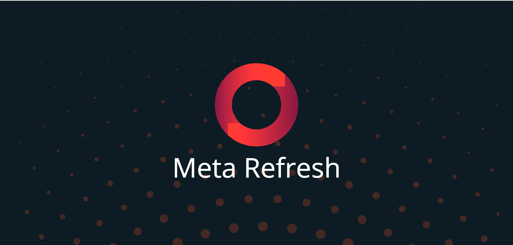
Oct 2018
22 Mon
23 Tue
24 Wed
25 Thu
26 Fri 09:30 AM – 05:30 PM IST
27 Sat 09:45 AM – 05:05 PM IST
28 Sun
Dhruv Saxena
@dhruv_saxena
Submitted Aug 23, 2018
In most of user research practiced today, designers build click-through prototypes to get quick user feedback, which saves the product team a lot of time and money. The practice is extremely useful, but only during the infancy of a product.
After a few iterations the team has learnt all it could from a prototype and needs to build the real product with real data and real interactions to learn more. Months of painstaking engineering goes into building this ‘real product’. When the product is finally out, the team realises that it was built on a shaky foundation of incomplete research and has to put in many more months of work fixing problems that could have been surfaced had the research been more sophisticated.
What if we could use a tiny portion of the engineering bandwidth to turn a prototype into real software? Could the final production software with clean scalable code benefit from another piece of clumsy experimental software that can go out into the real world and test design assumptions with minimal engineering effort? If the experimental software has real interactions and real data, could it actually facilitate more sophisticated research than a prototype?
In this talk, we answer all these questions using an ongoing project at Uncommon as a case study.
Dhruv heads the design practice at Uncommon - a digital product design consultancy that has helped many of India’s and SE Asia’s unicorn startups - Go-Jek, Flipkart, Myntra and Swiggy to name a few, achieve rapid exponential growth through design.
At Uncommon, Dhruv helps clients use design as a foundational pillar alongside business and technology to build products that people actually want to use.
In a previous life, Dhruv’s work was concentrated on designing physi-digital interfaces, which he built through collaboration with designers and professors at the Copenhagen Institute of Interaction Design (his alma-mater), MIT Media Lab and Stanford.
Hosted by
{{ gettext('Login to leave a comment') }}
{{ gettext('Post a comment…') }}{{ errorMsg }}
{{ gettext('No comments posted yet') }}